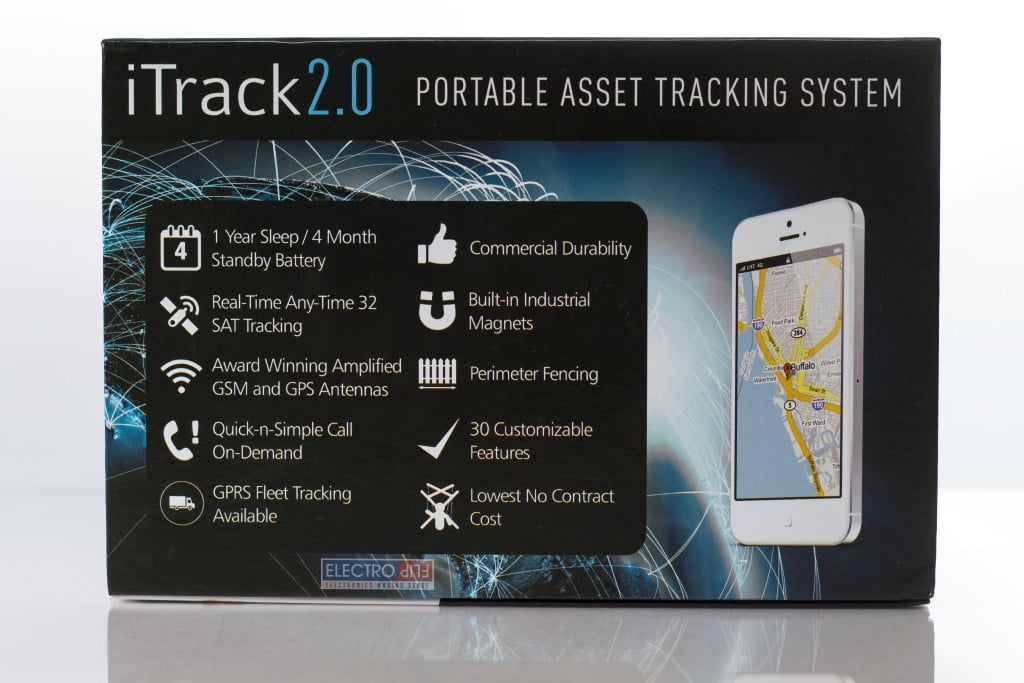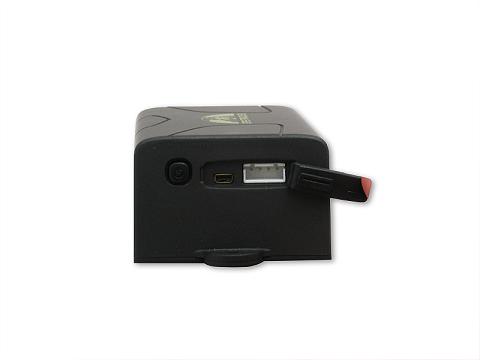

In the case of reptiles such as crocodiles and turtles, gluing the unit onto the animal's skin or carapace using epoxy (or similar material) is the most common method and minimises discomfort. The unit will then naturally fall off when the bird next moults. The device is usually attached by gluing or, for short deployments, taping to the bird. In the case of birds, the GPS unit must be very lightweight to avoid interfering with the bird's ability to fly or swim. Direct attachment ĭirect attachment is used on animals where a collar cannot be used, such as birds, reptiles and marine mammals.

Large, long-necked, birds such as the greylag goose may also need to be fitted with a harness to prevent removal of the tag by the subject. Examples of this type of animal may include pigs, Tasmanian devils, etc. Harness attachments may used in situations where collar attachment is not suitable, such as animals whose neck diameter may exceed that of the head.
Limb attachment would work well in animals such as kiwi, where the foot is much larger than the ankle. Suitable animals for neck attachment would include primates, large cats, some bears etc. Tracking collars would normally be used on the animal's neck (assuming the head has a larger circumference than the neck) but also on a limb, perhaps around an ankle. Ĭollar attachment is the primary attachment technique where the subject has a suitable body type and behaviour. GPS wildlife tracking can place additional constraints on size and weight and may not allow for post-deployment recharging or replacement of batteries or correction of attachment.Īs well as allowing in-depth study of animal behaviour and migration, the high-resolution tracks available from a GPS-enabled system can potentially allow for tighter control of animal-borne communicable diseases such as the H5N1 strain of avian influenza. Some owners use these collars for geofencing of their pets. GPS tracking devices may also be attached to domestic animals, such as pets, pedigree livestock and working dogs. The animal's location can then be plotted against a map or chart in near real-time or, when analysing the track later, using a GIS package or custom software. These data may be stored pending recovery of the device or relayed to a central data store or internet-connected computer using an embedded cellular ( GPRS), radio, or satellite modem. Ī GPS tracking device will normally record and store location data at a pre-determined interval or on interrupt by an environmental sensor.
#Gps tracks a package software
GPS animal tracking is a process whereby biologists, scientific researchers or conservation agencies can remotely observe relatively fine-scale movement or migratory patterns in a free-ranging wild animal using the Global Positioning System (GPS) and optional environmental sensors or automated data-retrieval technologies such as Argos satellite uplink, mobile data telephony or GPRS and a range of analytical software tools. Tigress with radio collar in Tadoba Andhari National Park, India


 0 kommentar(er)
0 kommentar(er)
